Integration of Smart Technologies
The integration of smart technologies within the Kinetic Tiles Market is transforming how energy is generated and utilized in urban environments. Kinetic tiles equipped with sensors and IoT capabilities can monitor foot traffic and optimize energy conversion in real-time. This technological advancement is expected to enhance the efficiency of energy capture, making kinetic tiles more appealing to developers. Market analysis indicates that the smart building sector is anticipated to reach a valuation of over 500 billion dollars by 2026, suggesting a robust opportunity for kinetic tiles to play a pivotal role in smart city initiatives.
Government Initiatives and Incentives
Government initiatives aimed at promoting renewable energy sources are significantly influencing the Kinetic Tiles Market. Various countries are implementing policies and providing incentives to encourage the adoption of sustainable technologies. These initiatives often include grants, tax breaks, and subsidies for projects that incorporate renewable energy solutions, such as kinetic tiles. As a result, the market is likely to witness increased investment and development in kinetic tile technologies, fostering innovation and expanding market reach. The potential for government support could lead to a more favorable regulatory environment for kinetic tiles.
Rising Demand for Sustainable Construction
The Kinetic Tiles Market is experiencing a notable surge in demand for sustainable construction materials. As environmental concerns become increasingly prominent, builders and architects are seeking innovative solutions that minimize ecological impact. Kinetic tiles, which harness energy from foot traffic, align with this trend by offering a renewable energy source. According to recent data, the construction sector is projected to grow at a rate of 5.5% annually, further driving the adoption of eco-friendly materials. This shift not only enhances the sustainability profile of projects but also appeals to environmentally conscious consumers, thereby expanding the market for kinetic tiles.
Urbanization and Infrastructure Development
Rapid urbanization is a driving force behind the Kinetic Tiles Market, as cities expand and infrastructure demands increase. The need for innovative solutions to manage energy consumption in densely populated areas is becoming critical. Kinetic tiles offer a unique approach to energy generation in public spaces, such as parks and transit stations, where foot traffic is abundant. Recent statistics reveal that urban areas are expected to house 68% of the world's population by 2050, indicating a substantial market potential for kinetic tiles in urban infrastructure projects.
Growing Awareness of Renewable Energy Solutions
There is a growing awareness of renewable energy solutions among consumers and businesses, which is positively impacting the Kinetic Tiles Market. As individuals and organizations seek to reduce their carbon footprints, the appeal of kinetic tiles as a clean energy source becomes more pronounced. Educational campaigns and advocacy for sustainable practices are contributing to this awareness, leading to increased demand for kinetic tiles in various applications. Market Research Future indicates that the renewable energy sector is projected to grow at a compound annual growth rate of 8.4%, suggesting a promising future for kinetic tiles as part of this broader movement.


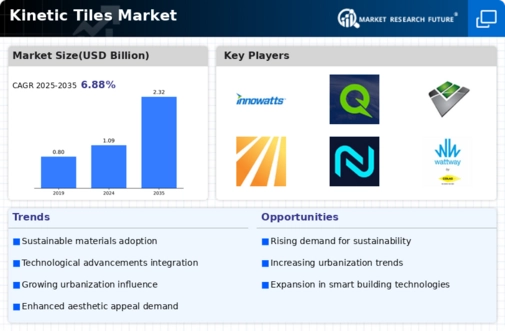
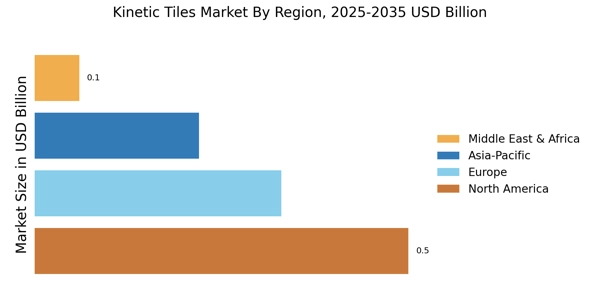
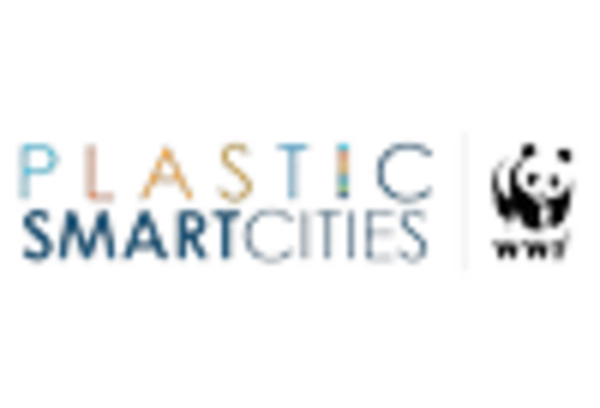
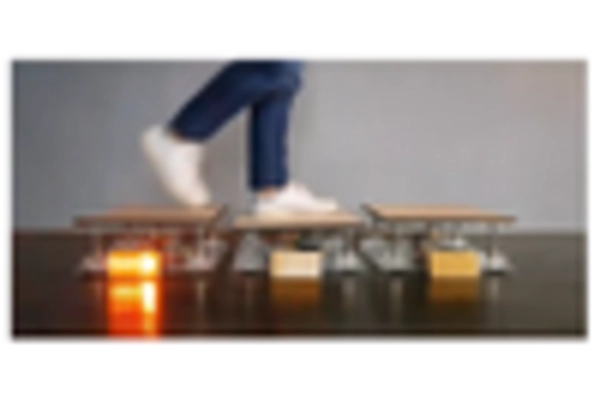
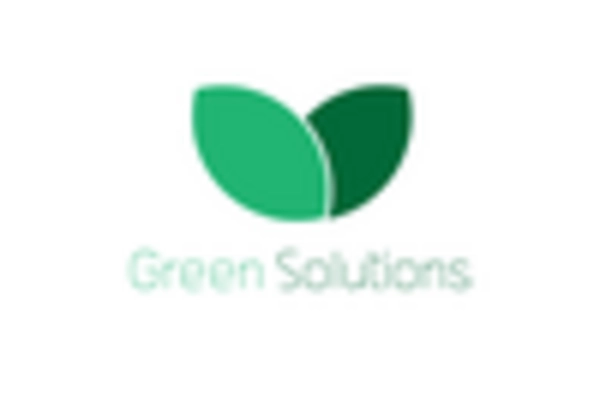


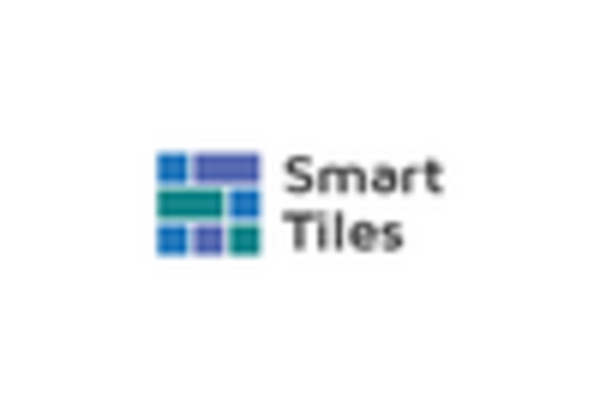








Leave a Comment